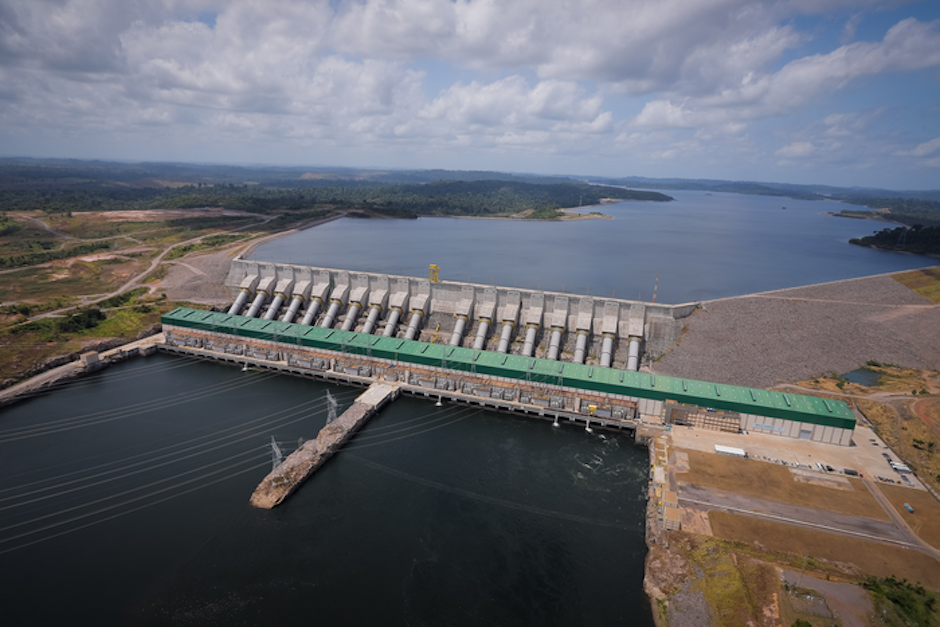Amazon EcoVistas to guide sustainable dam siting
Researchers in the US have published a study detailing Amazon EcoVistas, a new computational tool for guiding sustainable dam siting to protect ecosystem services.

Rapid hydroelectric dam expansion in the Amazon poses a serious threat to Earth’s largest and most biodiverse river basin. There are 158 dams in the Amazon River basin, with another 351 proposed. These projects are typically assessed individually with little coordinated planning.
Published in Science, the new study provides the first computational approach for evaluating basin-level trade-offs between hydropower and ecosystem services.
Co-author Stephen Hamilton, an ecosystem ecologist at Cary Institute of Ecosystem Studies explained: “Continued hydropower development in the Amazon is inevitable. So how can that proceed in a way that optimises energy output at the lowest environmental cost?
“The answer comes in selecting projects strategically, taking into account multiple environmental criteria that have thus far been too difficult to account for simultaneously in planning large numbers of potential projects.”
Register now to continue reading
Thanks for visiting The Engineer. You’ve now reached your monthly limit of news stories. Register for free to unlock unlimited access to all of our news coverage, as well as premium content including opinion, in-depth features and special reports.
Benefits of registering
-
In-depth insights and coverage of key emerging trends
-
Unrestricted access to special reports throughout the year
-
Daily technology news delivered straight to your inbox










Water Sector Talent Exodus Could Cripple The Sector
'Capricious changes of priority by the general public'?!? Surely the public would demand both sufficient water supply and sufficient waste...